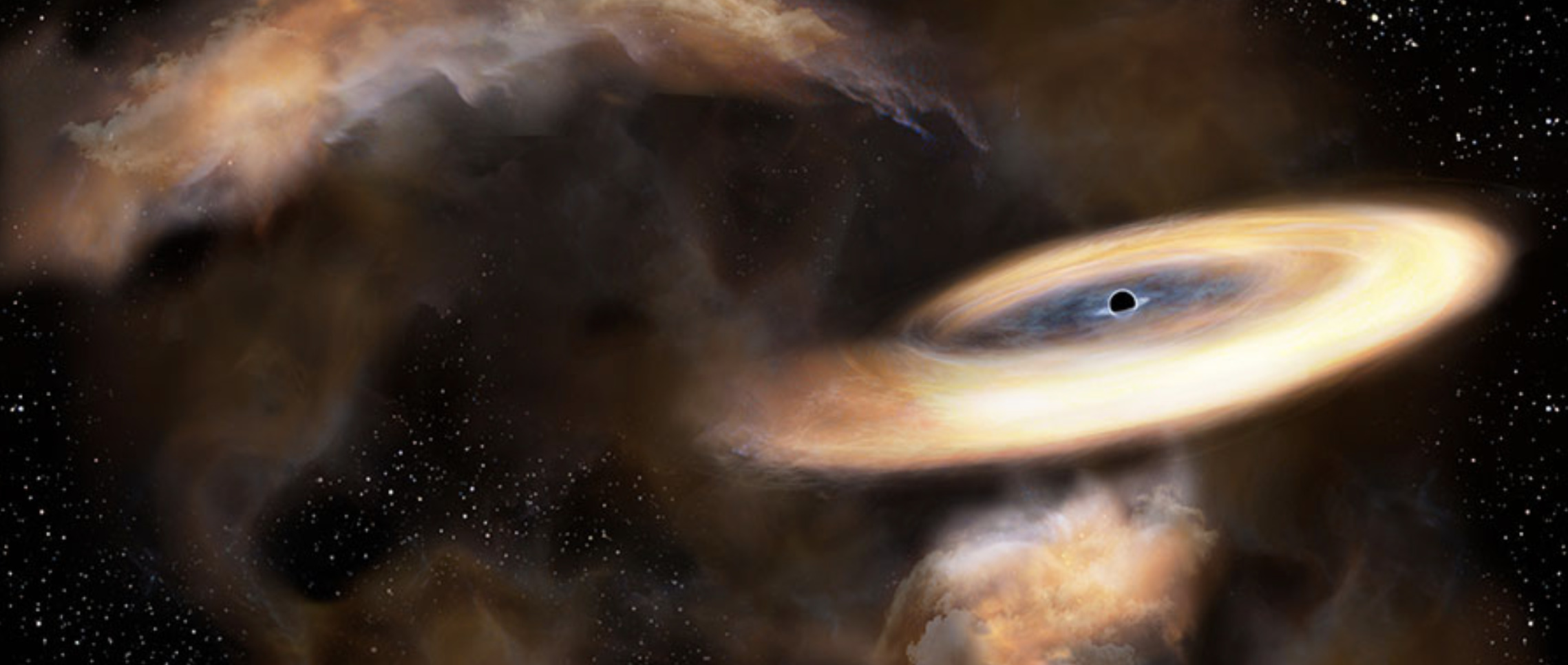Tsukuba Uchu Forum
157th Uchu Forum
Looking for black holes through peculiar molecular clouds in the galactic center region
Shunya Takekawa
Kanagawa University
Abstract
The region within a radius of approximately 200 parsecs from the Galactic Center is known as the Central Molecular Zone (CMZ). This area is a dense concentration of molecular gas that is hotter, denser, and more turbulent than the gas in the galactic disk. The CMZ contains a large number of peculiar molecular clouds called High Velocity-dispersion Compact Clouds (HVCCs), which are spatially compact but have abnormally broad spectral line widths. Several possible origins for HVCCs have been discussed, including interactions with protostellar outflows or supernova explosions, molecular cloud collisions, and gravitational interactions with inactive intermediate-mass black holes. Previously, most HVCCs lacked corresponding objects at other wavelengths, making their interpretation difficult. However, in recent years, multiple HVCCs have been discovered that contain a point-like radio source. Detailed observations of some of these with the Atacama Large Millimeter/submillimeter Array (ALMA) suggest that the radio sources are likely radio-loud black holes. Our research strongly supports the idea that HVCCs are caused by the presence and activity of black holes. In this presentation, I will summarize the current status and challenges of our research on HVCCs, introduce HVCCs as a new clue for black hole exploration, and discuss future prospects.


 和 英
和 英